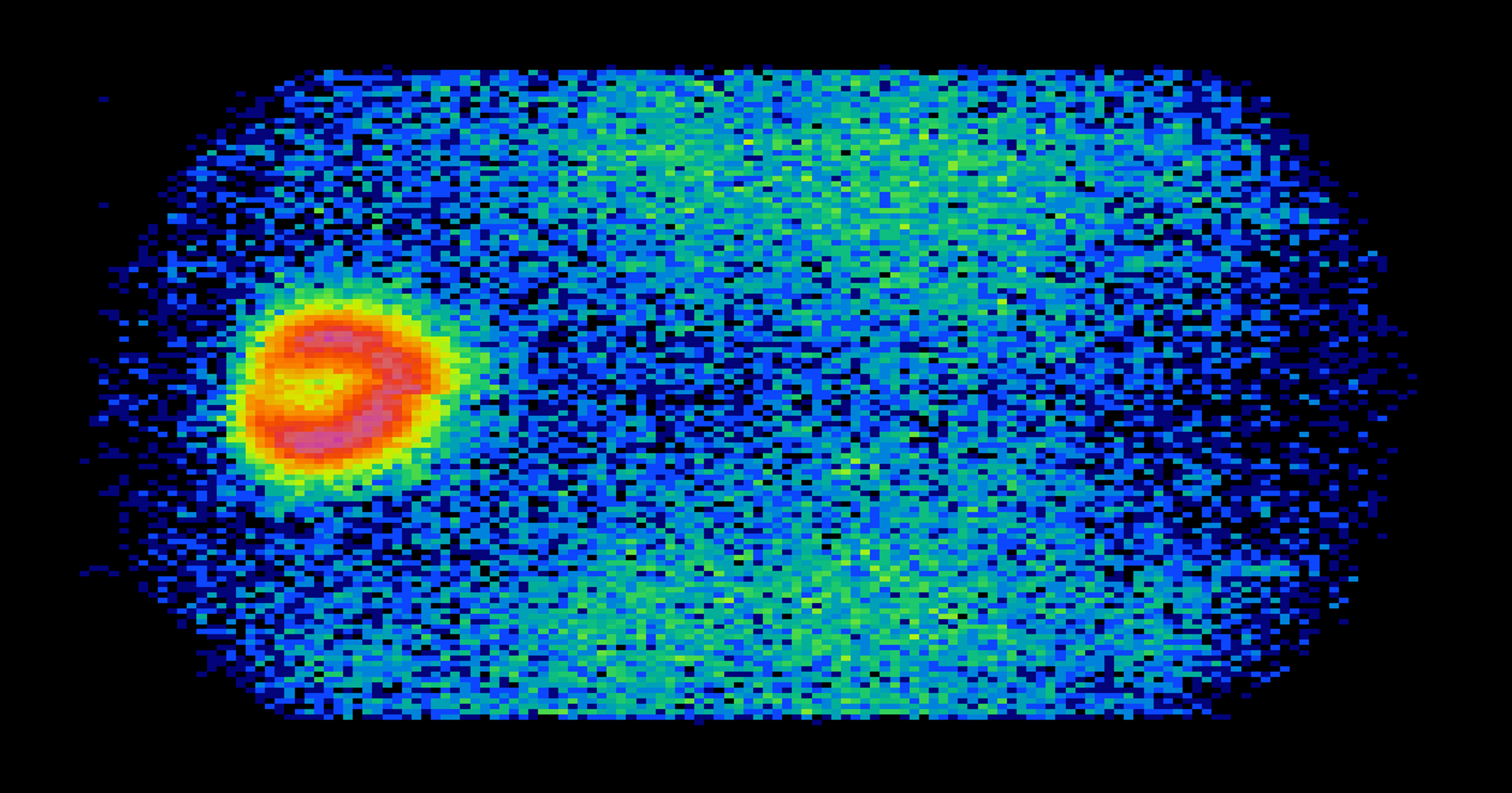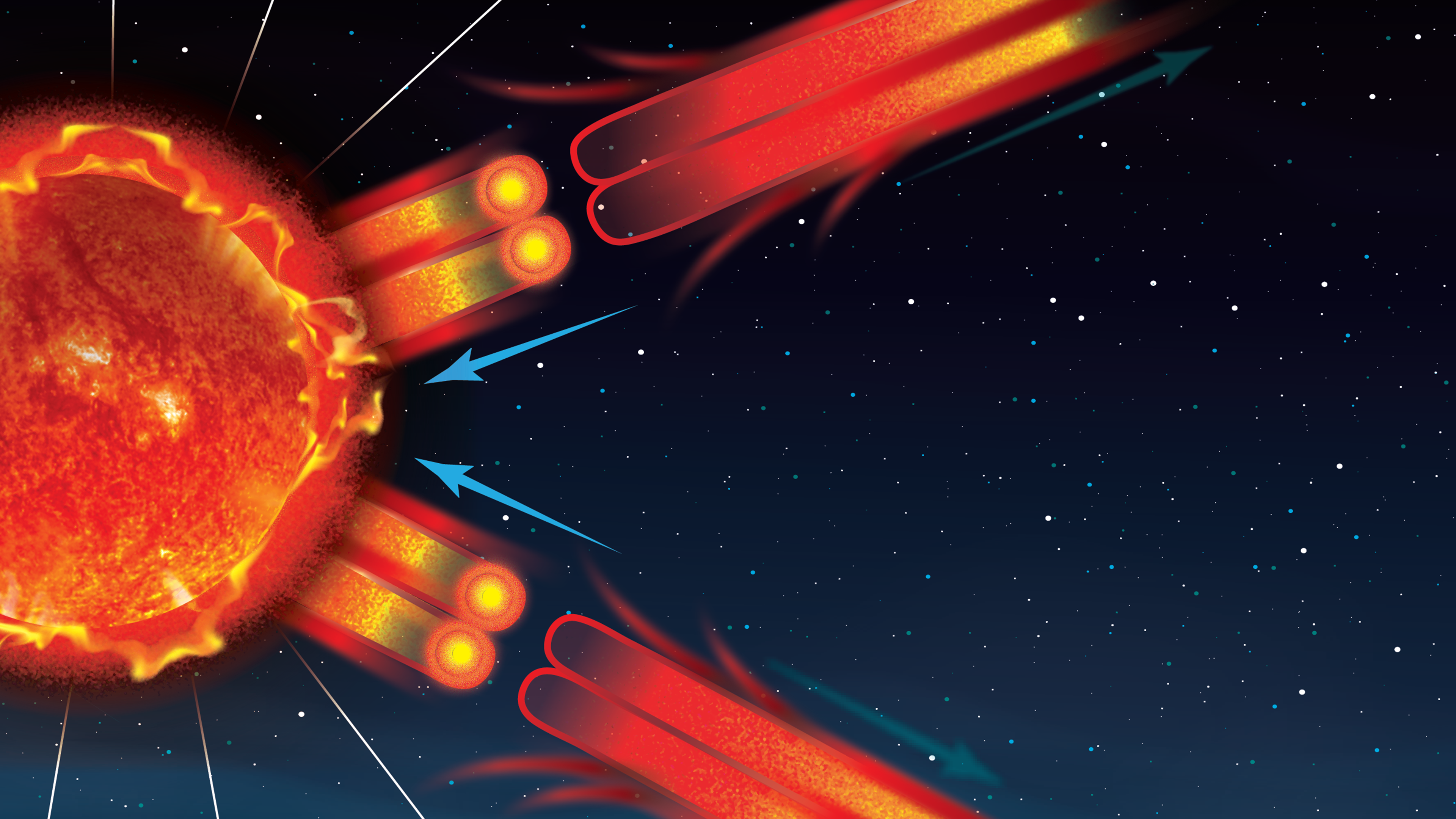NASA and ESA (European Space Agency) have worked together on multiple missions to advance our understanding of the Sun and its effect on Earth. To continue this collaboration, the two agencies formed the ESA/NASA Lower Thermosphere-Ionosphere Science, or ENLoTIS, working group in May 2022.
In this working group, the agencies are exploring future lower thermosphere-ionosphere (LTI) satellite mission concepts. The aim is to improve our understanding of ion-neutral interactions in the “transition region” between Earth’s atmosphere and space, at altitudes from approximately 60 to 125 miles (or from about 100 to 200 km) altitude, while complementing other missions in development, including the Geospace Dynamics Constellation (GDC) and the Dynamical Neutral Atmosphere-Ionosphere Coupling (DYNAMIC) mission.
The working group enables cooperation between NASA and ESA by reviewing and consolidating consensus science questions or goals, mission objectives, and high-level mission requirements that would inform the eventual definition and design of one or more future LTI mission concepts. ENLoTIS leverages knowledge from past and current mission studies while using input and feedback from the research community. The group will also identify scientific and technical challenges and constraints, and balance science and feasibility when considering the definition of mission concepts.
For more information about the working group, visit
https://cedarscience.org/sites/default/files/inline-files/Tues_NoonTime_ENLOTIS_Town_hall.pdf

































